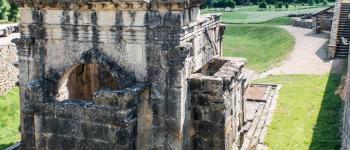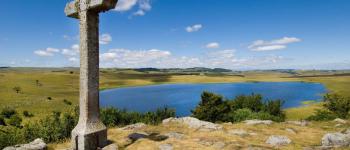
Przewalski's horse, the last wild horse in the world, has never been domesticated.
But a large herd lives today, on the Causse Mejean in Lozère.
In the past, this horse or its cousins roamed freely in Central Asia and Europe, as evidenced by the famous cave paintings of southern France in the caves of Lascaux or Niaux and northern Spain.
It was "discovered" late, in 1879, by Colonel N. M. Przewalski, a Russian explorer who found it in Dzoungaria, in the mountains bordering the Gobi desert.
Before, the species was considered extinct, decimated for its meat by Mongolian hunters.
For a long time, this horse no longer exists in the wild in Europe, the last individuals being observed in the 70s, in Dzoungarie (Mongolia).
Thanks to zoos, the species could be saved from extinction, but it exists only in captivity. This way of life, devoid of natural selection, may be detrimental to its long-term future.
Therefore, reintroduction plans are beginning to emerge, especially in Mongolia and China, countries where the last Przewalski's horses lived in the wild, but these projects are difficult and long to implement.
While waiting for their reintroduction in their countries of origin, it is important that several groups of horses live today in the most natural conditions possible.
To this end, the TAKH Association for Przewalski's horse - Takh in Mongolian means wild horse - created in 1990 under the aegis of the Biological Station of the Tour du Valat, the W.W. F and the Cevennes National Park, acquired a 312-hectare property on the Causse Méjean, around the hamlet of Villaret (Lozère) with the aim of contributing to the preservation of the species, by creating and maintaining a natural herd of Przewalski's horses, composed of several family groups, while maintaining a steppe of pastoral origin with its characteristic flora and fauna through grazing.
After ten years of preparation for life in the wild, 22 animals were successfully transported in 2004 and 2005 to the Khomiin Tal, near the Khar Us Nuur National Park...
For further information, please contact the reception point at Le Villaret on the Causse Méjean or at
Association for Przewalski's Horse: TAKH
Biological Station of the Tour du Valat
Le Sambuc
F-13200 Arles
https://www.takh.org/fr/les-chevaux/le-cheval-de-przewalski
Cévennes National Park (P.N.C)
BP 15 - 48400 Florac
Information Service - Tel : 04.66.49.53.01
https://www.reserve-biologique.com/faune/cheval-de-przewalski/







